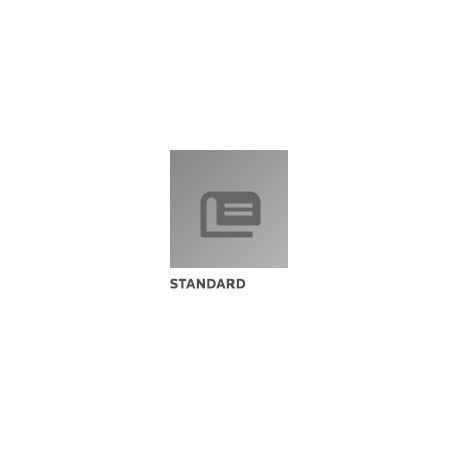Cart
0
Product
Products
(empty)
No products
To be determined
Shipping
$0.00
Total
Product successfully added to your shopping cart
Quantity
Total
There are 0 items in your cart.
There is 1 item in your cart.
Total products
Total shipping
To be determined
Total
New
 View larger
View larger
 View larger
View larger
UL 180
M00062740
New product
UL 180 Standard for Liquid-Level Indicating Gauges for Oil Burner Fuels
standard by Underwriters Laboratories, 04/18/2003
Full Description
1.1 These requirements cover the construction and performance of liquid-level indicating gauges for use on vented tanks used for the storage of oil burner fuel.1.2 Liquid-level indicating gauges covered by these requirements include the following:
1. Float-operated gauges for use with inside tanks for oil burner fuel.
2. Float-operated permanent magnet-type gauges for use with inside tanks for oil burner fuel.
3. Portable gauging devices for use primarily with inside tanks for oil burner fuel.
1.3 These requirements do not cover:
1. Equipment intended to control flow into or out of a storage tank.
2. Liquid-level indicating gauges and tank-filling signals for use in chemical, petrochemical, petroleum processing, or utility power plants; nor pipeline or marine terminals; nor related storage facilities at such plants or terminals.
3. Audible tank-filling signals for use with inside tanks for oil burner fuel.
4. Float-operated permanent magnet-type gauges for use with aboveground, underground, and enclosed inside storage tanks.
5. Electronic, hydrostatic-balance, and hydraulic-pressure transmission remote-reading-type gauges; and portable gauging and signaling devices for use primarily with aboveground, underground, and enclosed inside storage tanks.
6. Non-electrical sticks and measuring tape.
Items (d) and (e) are evaluated to the requirements in the Standard for Control Equipment for Use with Flammable Liquid Dispensing Devices, UL 1238.
1.4 "Petroleum Products," as used herein, means fuel oil, gasoline, kerosene, and similar petroleum products.
1.5 Requirements for the installation and use of these indicating gauges are included in the following standards:
1. Installation of Oil Burning Equipment, NFPA 31.
2. National Electrical Code, NFPA 70.
1.6 A product that contains features, characteristics, components, materials, or systems new or different from those covered by the requirements in this standard, and that involve a risk of fire, electric shock, or injury to persons shall be evaluated using the appropriate additional component and end-product requirements as determined necessary to maintain the acceptable level of safety as originally anticipated by the intent of this standard. A product whose features, characteristics, components, materials, or systems conflict with specific requirements or provisions of this standard cannot be judged to comply with this standard. Where considered appropriate, revision of requirements shall be proposed and adopted in conformance with the methods employed for development, revision, and implementation of this standard.
In stock

